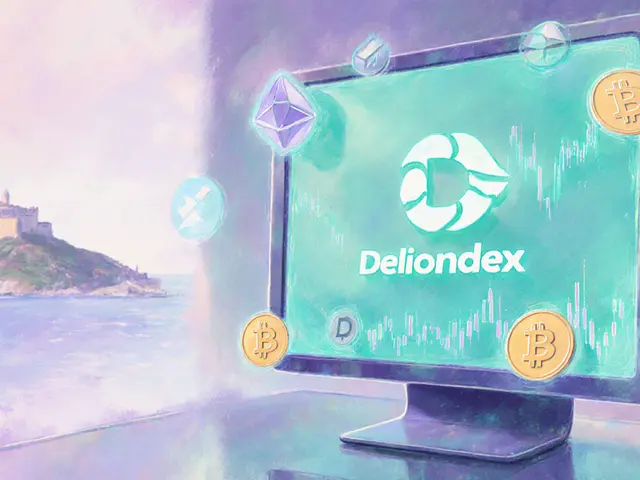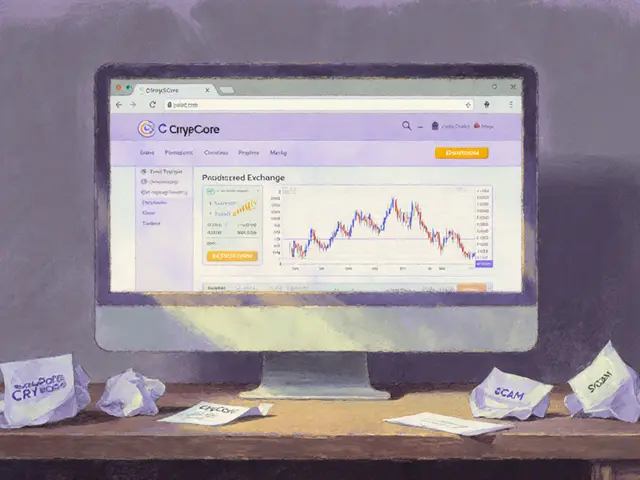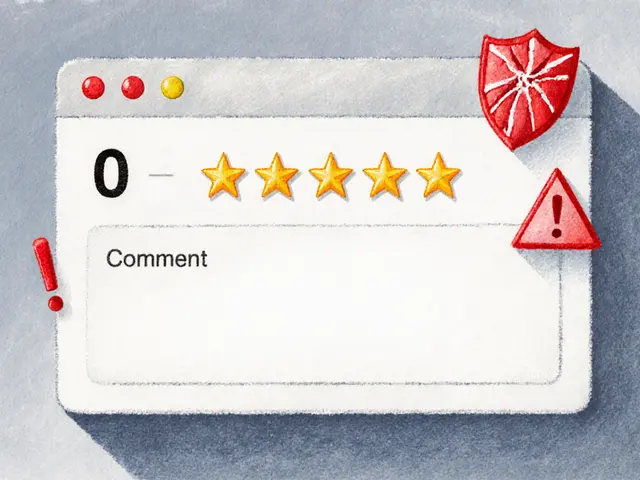Crypto Apps: Best Tools for Trading, Airdrops, and DeFi on Mobile
When you use a crypto app, a mobile or desktop tool that lets you interact with blockchain networks, manage wallets, or trade tokens without a bank. Also known as blockchain app, it’s how most people actually touch crypto today—not through websites, but through their phones. Whether you’re swapping tokens on a decentralized exchange, a peer-to-peer trading platform that runs on blockchain and doesn’t hold your funds, claiming a crypto airdrop, a free distribution of tokens to wallet holders as a marketing tactic or reward, or tracking your portfolio, the right app makes all the difference.
Not all crypto apps are built the same. Some, like Cube Exchange or VyFinance, promise low fees but vanish without a trace. Others, like DEXs built on TON or Ethereum, let you trade meme coins like DuckCoin or PEPE TRUMP directly from your wallet. The best ones don’t just show prices—they help you avoid honeypots, spot fake airdrops, and find real utility. You need apps that connect to non-custodial wallets, support real chains like TON or Polkadot, and don’t ask for your seed phrase. That’s why you’ll find reviews here of exchanges that actually work, and warnings about ones that don’t.
Most people think crypto apps are just for buying Bitcoin. But they’re also how you claim MagicCraft’s MCRT tokens, track Nigeria’s new crypto tax rules on the go, or see if Iceland’s mining ban affects your mining rig’s profitability. The tools you pick determine whether you’re just guessing—or actually making smart moves. Below, you’ll find real breakdowns of apps and platforms that are alive, dead, or dangerously misleading. No fluff. Just what’s working in 2025, who’s still trading, and where the real risks hide.






